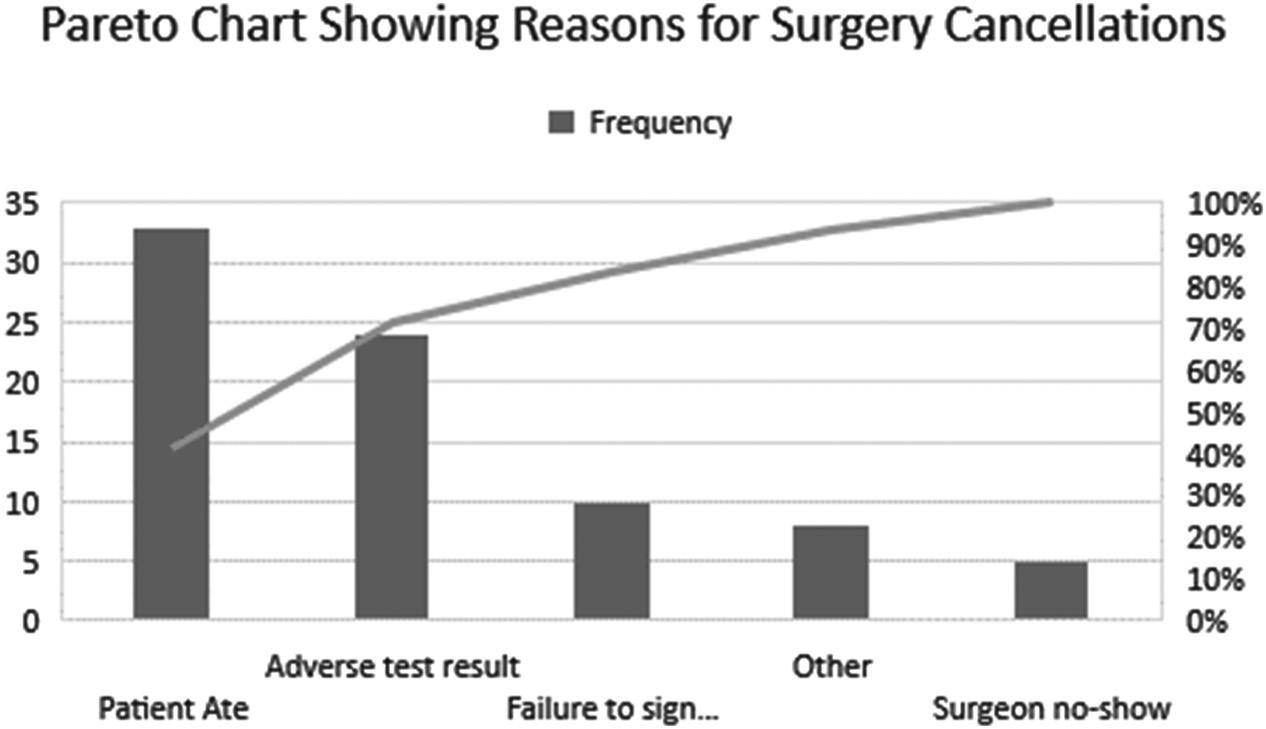Data and Information ◾ 93
can be difficult to execute. The lack of predetermined interview questions encourages a free-form back and forth with undefined boundaries. Their use is, therefore, generally only considered when significant probing is desired or very little is known about the subject area. Semi-structured interviews consist of several key questions that help to define the topic to be covered, but also allow the interviewer or interviewee to stray away to extract additional detail. This interview format is used most frequently in healthcare, because it provides participants with guidance on the boundaries of the discussion. When compared to structured interviews, this approach allows the elaboration of information that may be important to participants beyond what the researcher envisioned. As in any research, it is advisable first to pilot the interview questions on several respondents before data collection. This allows the research team to determine if the questions are clear, unambiguous, and properly aligned with the research questions and if changes to the interview questions are required.
Surveys Surveys require designing an instrument and administering it to respondents. Using surveys makes it possible to collect data about existing information, processes, knowledge, perceptions, and the way things are or should be. Surveys can be administered via telephone, mailings, or face-to-face interviews. Low response rates can be a problem, particularly with mailed surveys. Other problems associated with mailed surveys are wrong addresses and the high cost of mailing. While using paper and pencil surveys is the traditional method of collecting data, technology continues to offer popular and often more efficient ways to collect data, especially quantitative data like the kind collected with a traditional survey tool. The types of technology often used to collect data traditionally captured via survey tools include online or web surveys, hand-held devices such as clickers and personal digital assistants (PDAs), text messages, and social networking sites such as Twitter and Facebook. The use of technology for surveys has advantages and disadvantages. The advantages include the following: ◾◾ Simpler and quicker way of collecting both quantitative and qualitative data ◾◾ Easy to access a large group of respondents in geographically diverse locations ◾◾ More cost effective than manually administering surveys











